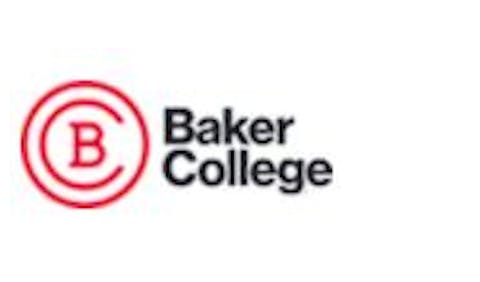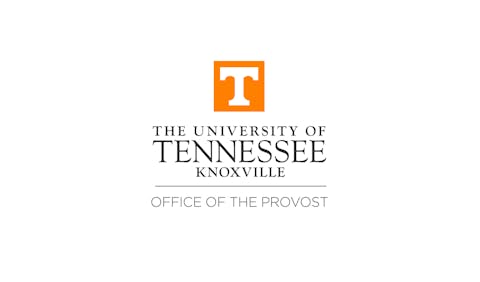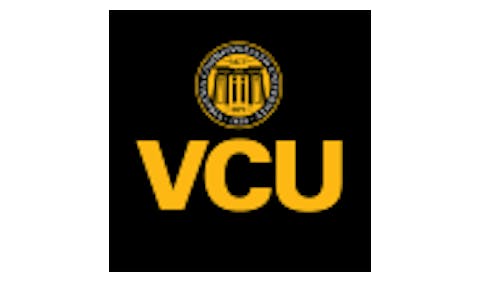 Dr. Robin H. Holmes-Sullivan
Dr. Robin H. Holmes-Sullivan
I usually start my answer with a statistic some find surprising: despite the headlines, post-high school educational attainment in the U.S. is at an all-time high. Just last month, the Lumina Foundation released a report demonstrating that 54.9% of working-age adults in the U.S. hold a degree or credential―a 17% increase since 2008.
Still, we are not where we likely need to be as a nation given that many other countries, including China, Canada and Japan have considerably higher concentrations of degree-holders. Educational accessibility is largely a policy choice and all of us must continue to advocate for greater accessibility of postsecondary education for all.
Education―like agriculture, transportation, energy, manufacturing and other sectors important to the security and prosperity of our country―is, in part, subsidized by the federal government. That said, most colleges and universities are subject to the market principle of supply and demand. Fees for tuition and room-and-board are set according to what the market will bear.
But, the sticker price published on college and university websites is not what many, or even most, students pay. You might understandably wonder why, then, don’t colleges just publish what students actually end up paying? The answer is because the actual out-of-pocket costs vary.
Financial aid is tailored to individual students’ financial-need as assessed by the Free Application for Federal Student Aid (FAFSA).
Let me be clear: no student or family should go into more debt than they feel an education is worth. It is reasonable and wise to conduct a cost-benefit analysis of your options. But the true costs of a college education are not always obvious.
For example, there is an assumption that attending a public university will automatically cost less than attending a private four-year college like ours. But, when you factor in state, federal and institutional financial support as well as the time it will realistically take to earn your degree, the actual cost of a private college education is often comparable to public universities.
Here is an example from the State of Oregon: according to U.S. News & World Report, in 2023, 59% of students graduating from the flagship state school, the University of Oregon, borrowed money to pay for it. The average debt, including both federal and private loans, for all students graduating from the University of Oregon in 2023 was $25,160. In 2023, 62% of graduating Lewis & Clark College students had borrowed money and the average debt, including all loan types, was $30,741. These debt figures are not so different. Both are less than the average car loan which, according to Lending Tree, is $41,086 for new vehicles.
One reason may be that a private school like Lewis & Clark graduates a higher percentage of our students in four years than a typical public institution. Private colleges are often better positioned than large public institutions to provide the type of individualized support that help keep students on track to complete their degrees within four years in spite of challenges that may arise.
So, what about the value question? Is it worth it?
My answer is a resounding yes: college is worth the cost of attendance. In fact, unlike a car, a bachelor’s degree does not lose its value over time but remains a good investment over a lifetime.
A recent report from the Foundation for Research on Equal Opportunity (FREOP), which analyzed 53,000 degree programs, revealed that bachelor's degree holders earn a median $32,112 more annually than high school graduates. There are other financial benefits as well. The Lumina Foundation found that college graduates are 47% more likely to receive employer-provided health insurance. They also found that bachelor's degree holders are 72% more likely to have employer retirement plans.
Finally, college graduates are better insulated during economic downturns and experience substantially lower unemployment rates, according FREOP. During the recent recession, says FREOP, bachelor's degree holders saw unemployment rates peak at 4.4% compared to 9.6% for high school graduates.
Of course, while earning a degree is likely to widen one’s career opportunities it is not right for everyone, nor is it wise to leave school burdened by crushing debt. But some debt may be worth it given the dividends that a college education yields over a lifetime. I advise anyone considering higher education to learn the facts and seek information from admissions and financial aid experts. Just like other major purchases, it is important to make an informed decision about the true cost―and true value―of attending college.
Dr. Robin H. Holmes-Sullivan is president of Lewis & Clark College in Portland, Oregon.
















